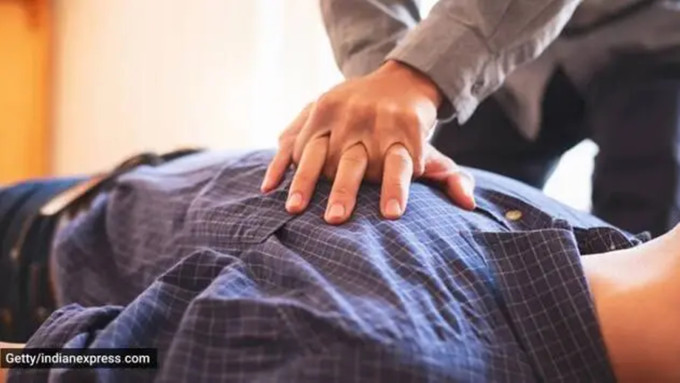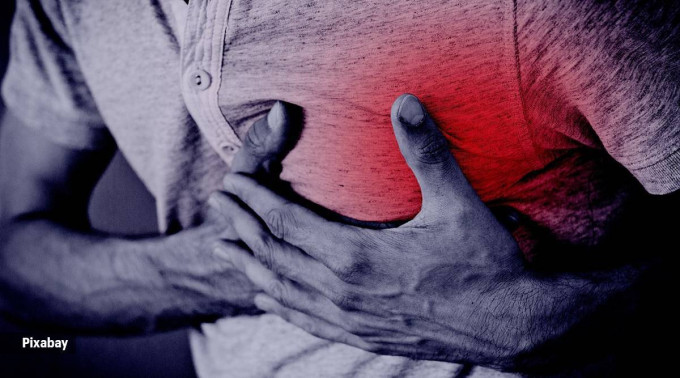What you can do if someone is experiencing a cardiac arrest in front of you
Witnessing someone experiencing cardiac arrest can be a terrifying experience. However, knowing how to react promptly can significantly increase their chances of survival.
According to Dr Pranil Gangurde, interventional cardiologist, Adhikari Lifeline Multispecialty Hospital, Palghar, recognising a cardiac arrest requires swift observation and action, as immediate first-aid can be life-saving.

How to recognise signs of cardiac arrest?
Immediate Signs: Look for sudden collapse, absence of pulse and breathing, and loss of consciousness.
Warning Signs: Be mindful of chest discomfort, shortness of breath, weakness, and irregular heartbeats, especially in individuals with risk factors.
Dr Rahul Patil, senior consultant cardiologist, Ruby Hall Clinic, Pune, said that though sometimes the aforementioned symptoms occur before a cardiac arrest, a sudden cardiac arrest often occurs with no warning. He also shared a real-life scenario in a mall where prompt bystander intervention, including CPR and AED use, saved a life.
 If you’re trained, perform CPR with 30 chest compressions at a rate of 100-120 per minute followed by 2 breaths. If not trained, focus on continuous chest compressions. (Representational Image)
If you’re trained, perform CPR with 30 chest compressions at a rate of 100-120 per minute followed by 2 breaths. If not trained, focus on continuous chest compressions. (Representational Image)
“Portable automated external defibrillators, called AEDs, are available in many public places, including airports and shopping malls. You can also buy one for home use. AEDs come with step-by-step voice instructions for their use. They’re programmed to allow a shock only when appropriate,” said Dr Patil.
What should be the first-aid?
- Call for emergency medical assistance immediately.
- Ensure the person’s safety. Lay them flat on their back and open their airway.
- Begin CPR (Cardiopulmonary Resuscitation): If you’re trained, perform CPR with 30 chest compressions at a rate of 100-120 per minute followed by 2 breaths. If not trained, focus on continuous chest compressions.
- Utilise an AED (Automated External Defibrillator), if available. Follow the device’s instructions for safe and effective use.
 Regularly check for AED availability in public places and familiarise yourself with their basic operation. (Source: Pixabay)
Regularly check for AED availability in public places and familiarise yourself with their basic operation. (Source: Pixabay)
Dr Gangurde and Patil shared some additional tips on what to do in such a situation:
- Check for external injuries and address any bleeding promptly.
- Maintain a safe environment and communicate clearly with emergency services.
- Even if you’re not CPR-trained, chest compressions at the right rate can be life-saving.
Knowing CPR is a valuable skill that can help save lives. Consider enrolling in basic life-saving skills courses to be better prepared.
People with risk factors for cardiac arrest should be aware of potential warning signs and consult a cardiologist if they experience any concerning symptoms.
Regularly check for AED availability in public places and familiarise yourself with their basic operation.
By staying informed and prepared, we can collectively create a safer environment and potentially save lives in the face of cardiac arrest emergencies.
Disclaimer: The copyright of this article belongs to the original author. Reposting this article is solely for the purpose of information dissemination and does not constitute any investment advice. If there is any infringement, please contact us immediately. We will make corrections or deletions as necessary. Thank you.





